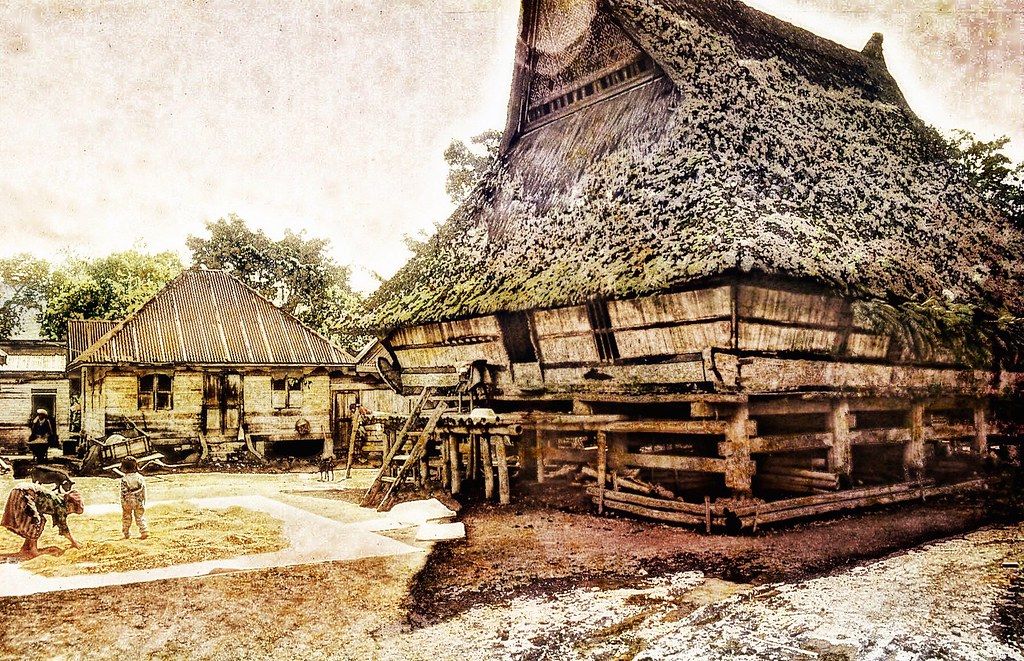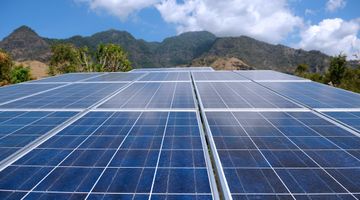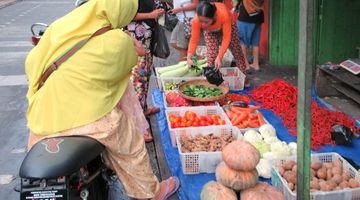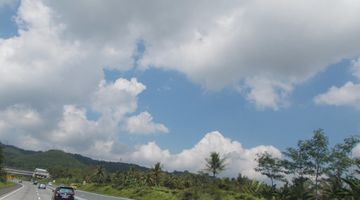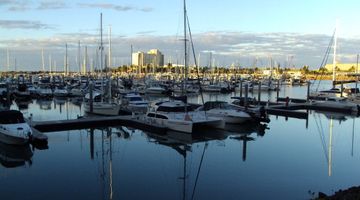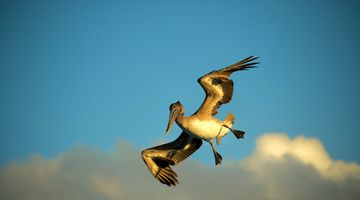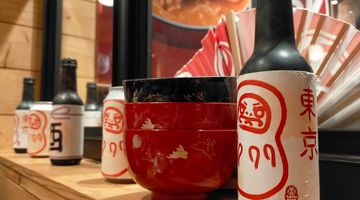Sumatra Indonesia – Your Quick Travel Guide
In a nutshell
Wild, volatile and a little rough around the edges, Sumatra Island is a formidable embodiment of Mother Nature at her most powerful. From lush rainforests; frequent volcanic eruptions, tsunamis and earthquakes; majestic crater lakes; and picture-postcard beaches – Sumatra Island is any nature lover’s paradise.
Why go to Sumatra
With most travellers flocking to the golden shores of Bali and Lombok, Sumatra Island is far more untouched and undiscovered by foreign visitors. With the diversity of experiences on offer and the multitude of fascinating fauna and flora throughout the region, it’s only a matter of time before the rest of the world jumps onto the Sumatra bandwagon. Until such a time, travellers to the sixth largest island in the world are in for an unspoiled treat. Visitors can opt to spend their time in the more recognised cities or can choose to explore the more unknown areas of Sumatra.
Medan
Medan is a popular choice due to it being a gateway and exit point to other more well-known areas. From al fresco dining, tiny streets jam-packed with food stalls, to the city’s oldest restaurant that opened in 1934, Medan is the food capital of Sumatra and any foodie enthusiast would do well to pay a visit to this culinary goldmine.
Lake Toba & Samosir Island
Lake Toba is another must-visit destination and is hands-down one of the main reasons that travellers visit Sumatra. Lake Toba is an enormous and majestic crater lake that is shrouded in myth and legend and lies within the depths of a long since extinct volcano. Being the largest volcanic lake in the world, Samosir Island that resides in the middle of the lake only adds to the spectacular wonder of this natural marvel. Tours to the Batak cultural villages on the island make Lake Toba the ideal destination for those who enjoy learning about different cultures, unique traditions, and especially for travellers who take delight in Mamma Nature.
Bukit Lawang
For travellers who love animals, Bukit Lawang, with its splendid rainforests and wild orang-utans, is another popular destination in Sumatra for nature enthusiasts. Trekking through the lush, muddy jungle; tubing down a river; and setting up camp amongst the flora and fauna of the tropical rainforests, are just some of the natural attractions on offer in Bukit Lawang.
Aceh & Weh Island
Travellers who have a fondness for the ocean, crystal-clear waters and stretches of unblemished sandy shores; would do well to travel to the beautiful, volcanic Weh Island in the Aceh Province. Pristine snorkelling and diving conditions, surfing opportunities and a sprinkling of rustic beach cafes are the main attractions of this well-kept secret spot in Sumatra.
When to go to Sumatra
The best time to visit the region of Sumatra is during the dry season which begins in May and continues until September with June and July offering excellent temperatures. Those keen to do volcano climbing, white-water rafting or surfing would do well to avoid the wet, monsoon season which starts in November and ends around February.
Where to stay on Sumatra
Sumatra has a wide range of accommodation options that range on a continuum of budget hostels; to rickety beach bungalows, all the way to luxurious, private villas. The region is scattered with inns, guesthouses, resorts and hotels; and accommodation is generally very well priced with decent amenities. Wi-Fi is generally on offer other than in the lesser known areas of the Sumatra region where travellers are few and far between. These more remote areas might mean that travellers will need to stay at a family run inn that mostly caters for local tourists, or at a local homestay for a night or two.
Where and what to eat on Sumatra
Food in Sumatra is a unique fusion of Malay and Chinese influence which is traditionally very flavoursome and spicy with plenty of coriander, chili, ginger, garlic and lemongrass undertones. Dining out in Sumatra follows a custom called Masakan Padang which means that most eateries and restaurants offer customers the whole meal at their table and you simply pay for what you choose to eat. Famous for their chicken, fish and beef curries as well as soto, a delicious traditional Sumatran noodle broth with lashings of coconut milk, herbs and spices; those who enjoy food packed with flavour and punch will delight in Sumatran cuisine.
How to get around Sumatra
Getting around the region is mostly done via land transportation which has a notorious reputation of being arduous, bumpy and time-consuming, even by Southeast Asian standards; and the fact that most of the attractions are rather far apart doesn’t help matters.
In recent years travellers now have the option of taking an hour or two long flight rather than a multi-day bus ride and this is often preferable for those visiting Sumatra. Flights are mostly inexpensive and reliable and therefore they present an attractive alternative to being squashed into an overcrowded bus for hours, and even days, on end.
However, some intercity routes are only possible via bus in which case travellers will have no choice other than to grin and bear it. For those traveling far distances, try choosing an air-conned coach bus rather than an overloaded economy bus.
When exploring the areas in Sumatra it is also possible to rent a motorcycle or scooter and travel around independently with the wind in your hair. Although the local drivers are something of a safety hazard, for the experienced and confident bikers, this is the ideal way to explore the area.
How to get to and from Sumatra
There are a couple of entry points into Sumatra, the most popular being the region’s largest city, Medan; or Banda Aceh, the very northern point of the island. Fortunately, the major cities in Sumatra are well-connected to other parts of Southeast Asia and travellers can get in via plane or boat.
By air
The airports in Medan, Batam, Padang, Palembang, Pekanbaru and Banda Aceh offer entry and exit points from international destinations such as Singapore, Kuala Lumpur, and Bangkok; as well as local destinations such as Yogyakarta, Jakarta, Surabaya etc.
The other airports throughout the region can all be reached fairly easily by direct flights to and from Jakarta.
Upon arrival at Medan Kualanamu Airport, travellers wanting to move on immediately can take a car directly from the airport to the more visited places of Bukit Lawang, Lake Toba, Ketambe, or Berastagi.
By boat
For those wanting to enter Sumatra from Malaysia or from another island in Indonesia, there are plenty of ferry services plying routes to and from the region.
The main port in Sumatra is Dumai in Riau which offers a 30-day visa upon arrival. The port also offers direct connections to Port Klang in a 3-hour journey; Port Dickson; a 2-hour journey to Malacca in Malaysia; and also a trip to the Batam, an Indonesian island close to Singapore.
Getting to or from Penang in Malaysia to Sumatra is a popular ferry route. The ferry terminal in Penang is opposite Fort Cornwallis at the Esplanade and the port in Sumatra for this route is the Dumai port in Riau. The journey will take around four to five hours and cost roughly IDR 400,000 for a one-way adult ticket or IDR 650,000 for a two-way adult ticket.
For travellers wanting to get to Sumatra from Singapore, you must first travel to Batam, a part of the Riau Islands of Indonesia. This will take around 45 minutes, with a one-way ticket costing around IDR 350,000. Upon arrival at Batam you’ll need to take a ferry to the Belawan port in Medan, Sumatra.
Is Sumatra a safe place to visit?
Sumatra is a fairly safe destination to travel to aside from the risk of a natural disaster. Keep your eyes on news reports prior to visiting and be sure to understand the safety protocols and procedures once you arrive in case of an earthquake or volcanic eruption.
It is also important to note that the whole of Sumatra is a malaria zone and visitors need to ensure that they are taking the necessary avoidance precautions and medications.
For the more remote jungle treks it is also highly recommended that one hire a licensed guide rather than venturing forth alone into the rainforests.

